Work Hours
Monday to Friday: 7AM - 7PM
Weekend: 10AM - 5PM
Different Building Materials For Construction Every Builder Should Know
Building material is any material used for different construction purposes such as materials for house building, materials for road construction, materials for dams, etc. Many naturally occurring substances, such as clay, sand, wood, and rocks have been used in different construction projects.
Wood, cement, aggregates, steel, bricks, concrete, and clay are some of the most common types of building materials used in construction projects. These materials are selected based on their application and factors such as their cost-effectiveness for building projects.
Apart from naturally occurring materials, many man-made construction materials are also used in construction projects. The manufacture of building materials is an established industry in many countries and the use of these materials is typically divided into specific trades, such as carpentry, plumbing, roofing, and insulation work.
Types of Building Materials
Building materials can broadly be divided into two categories, First, we have natural building materials such as stone and wood, and the second one is man-made building materials such as concrete and steel. Both the categories usually require a certain level of preparation or treatment before using it on any construction project. Below is the list of materials for construction every builder should know
Mostly Used Construction Materials
1-Wood
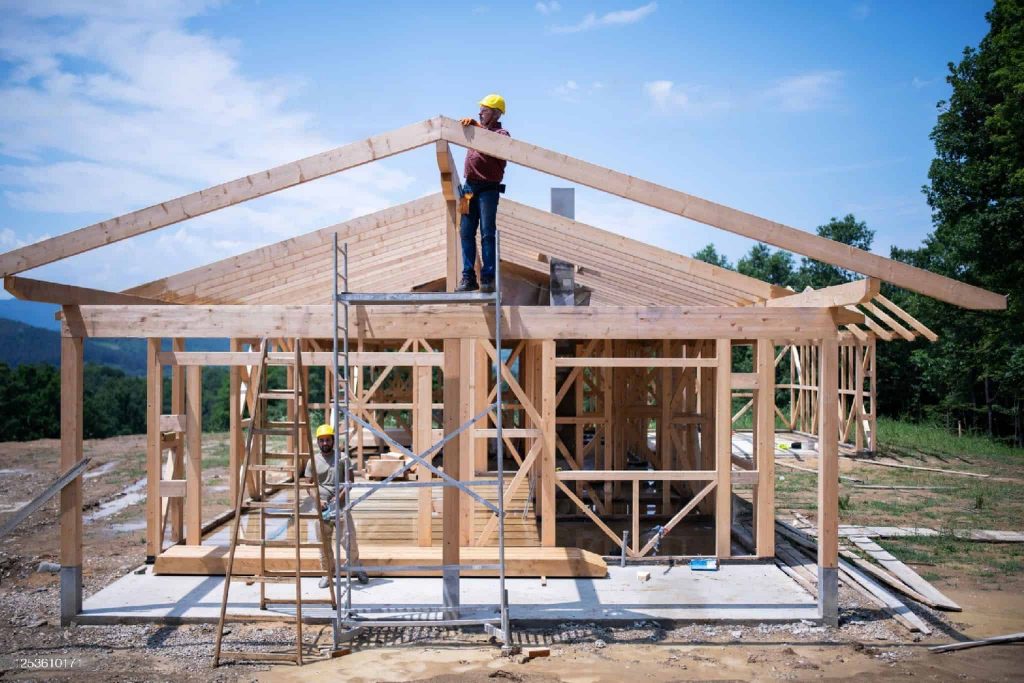
The wood when compared to other alternatives like plastic and other engineered products, wood offers a great natural advantage. Traditionally, wood construction has been the primary choice of Indian construction, especially in rural areas. Today, wood as a building material is also making headway in urban spaces.
Advantages of using wood as a construction material
- High tensile strength
Wood is very lightweight and has a higher self-supporting length. - Heat and electrical resistance
Wood has the natural resistance capability of resisting heat and electricity which offers more safety. - Sound Proof
Wood can act as a soundproofing material in buildings and other structures. Naturally auricular properties make it a great advantage in city living and workspaces. - Aesthetic
Again, the natural touch of wood is fresh. Also, an incredible range of wood is available, based on the need.
2- Plastic

In the construction industry plastics are mainly used for seals, profiles (windows and doors), pipes, cables, floor coverings, and insulation. Plastics are used as polymers in the construction industry, they form a relatively small percentage of the building materials in India.
Advantages of using plastic as a construction material.
- Plastic can be molded into any form or shape according to the nature of the work.
- Plastics are very hard, resilient, and heat tolerant.
- One of the major advantages of plastic is that they are immune to water damage.
- Plastics are much more cost-effective compared to other alternatives.
3- Glass
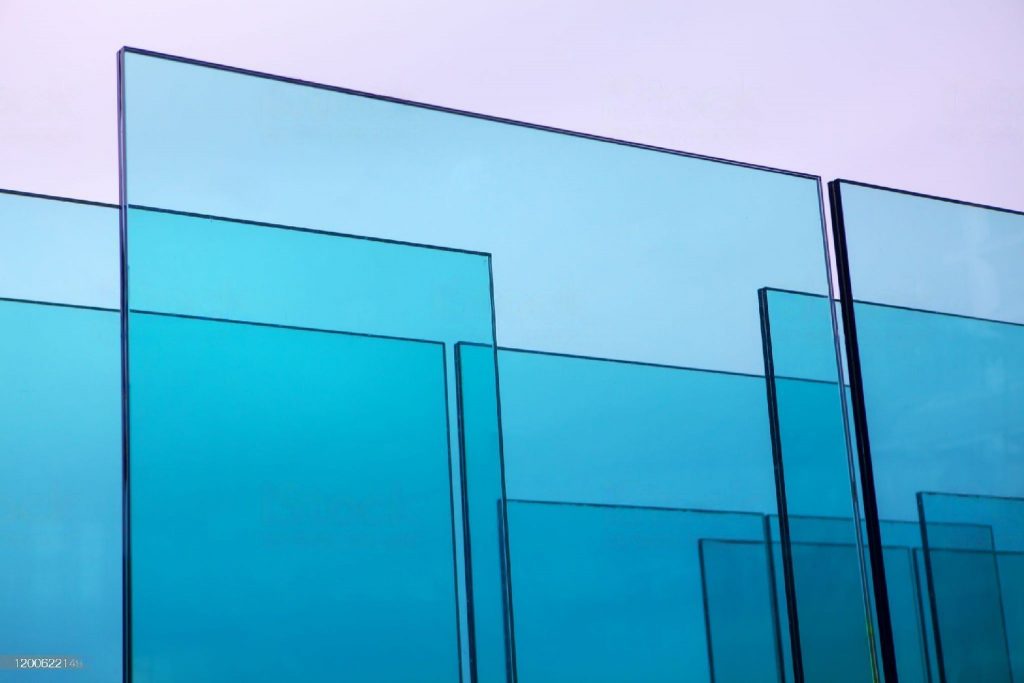
Glass is made from natural raw materials such as sand, soda ash, and limestone that are melted at very high temperatures. At high-temperature glass is structurally similar to liquids, but at ambient temperature, it behaves like any other solids. Glass has become an exceedingly important material on the urban scape. Not just corporate offices, but even modern homes and residential buildings are using glass.
Advantages of using glass as a construction material.
- Energy-Savings
The glass allows for maximum use of daylight, which helps in saving energy costs for lights during daylight. - Privacy
Glass offers excellent privacy, Glass comes in a huge variety of reflective surfaces or tints to offer privacy in building structures. - UV Resistant
Glass also keeps off the harmful UV rays from the indoors.
4- Metal

Due to their inherent properties, metals are widely used in constructing buildings and other structures. They are the first-choice material for structures, reinforcements, cladding, roofing, window frames, plumbing, heating equipment, and many other applications. Aluminum and steel alloys form a big part of the construction industry across the world.
Advantages of using metal as a construction material
- Flexibility and resilience
Metals are very durable and strong. - Weatherproof
Metals can withstand adverse climatic conditions such as rains, tornados, etc to a great extent. - Fire-resistant
Metals are less prone to burning, compared to other materials such as wood or glass.
5- Cement
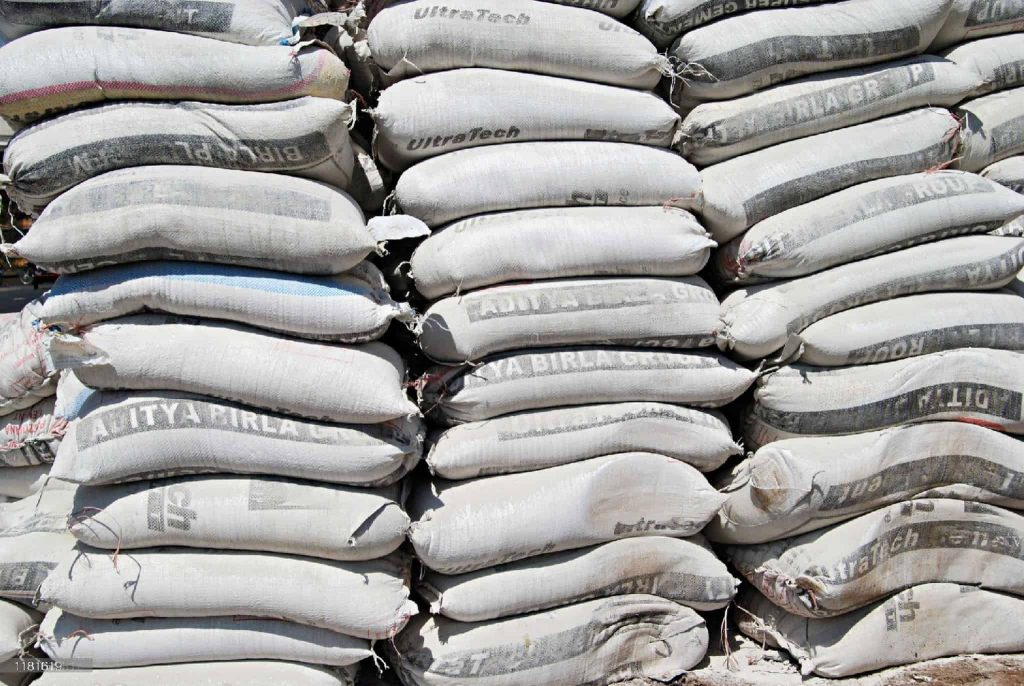
A cement is a binder substance used for construction projects. Cement sets harden, and adheres to other materials to bind them together to hold a particular structure. Cement offers great resilience to the construction and overall integrity of the building.
Advantages of using cement as a construction material
- Cement is better at accumulating heat and has a longer warming/cooling cycle.
- Cement can resist high compressive load, offering great stability and safety.
- Cement can be manufactured easily at a mass level.
6- Mud Blocks And Bricks
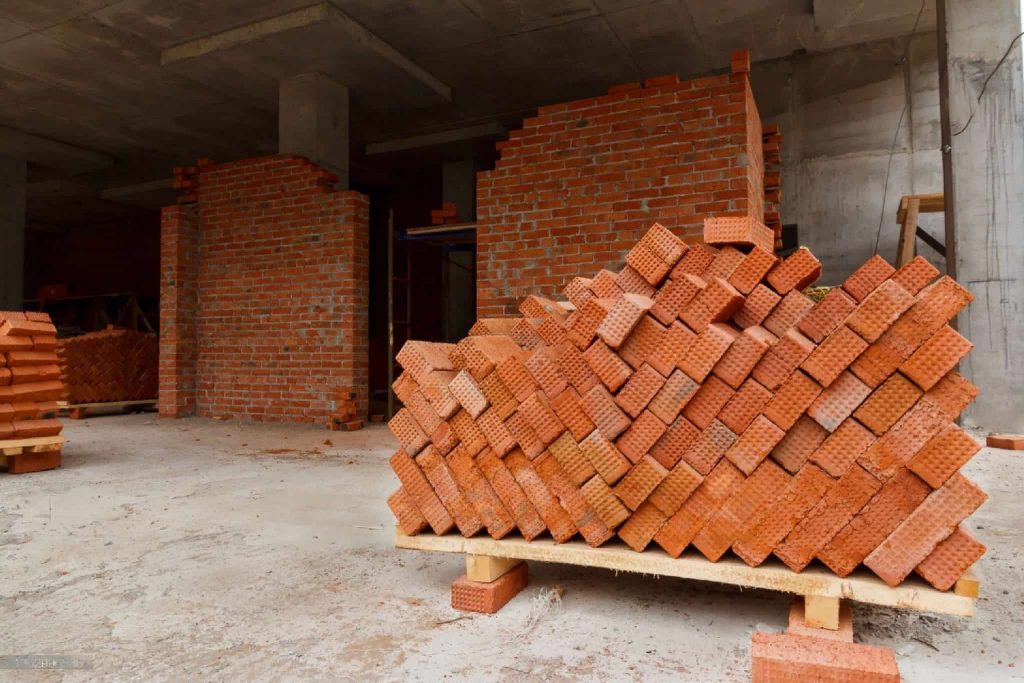
Made up of clay or mud, bricks and blocks come in several shapes and sizes and offer high strength to the building structure. Bricks and blocks are the most commonly used construction material. They have long been used to construct homes and offices across India.
Advantages of using mud blocks & bricks as a construction material
- Bricks naturally have high thermal stability.
- Bricks can be easily made from local materials.
- They are very cheap to manufacture and offer high durability.
- Offers a range of insulation, moisture absorption, and resonance properties.
7- Fly Ash Bricks

Fly Ash Bricks are a substitute for normal bricks which are used in building constructions. Fly ash brick is a byproduct from coal-fired power plants that are frequently used as an admixture in concrete to replace a portion of the cement. Fly ash bricks are very commonly used in India mainly in the construction of low-rise buildings. Few categories of fly ash bricks are also made from mineral residue, glass, water, and fly ash.
Advantages of using fly ash bricks as a construction material
- Fly Ash bricks are energy efficient.
- Fly Ash bricks are water-resistant.
- Fly ash bricks provide natural thermal insulation.
8- Concrete
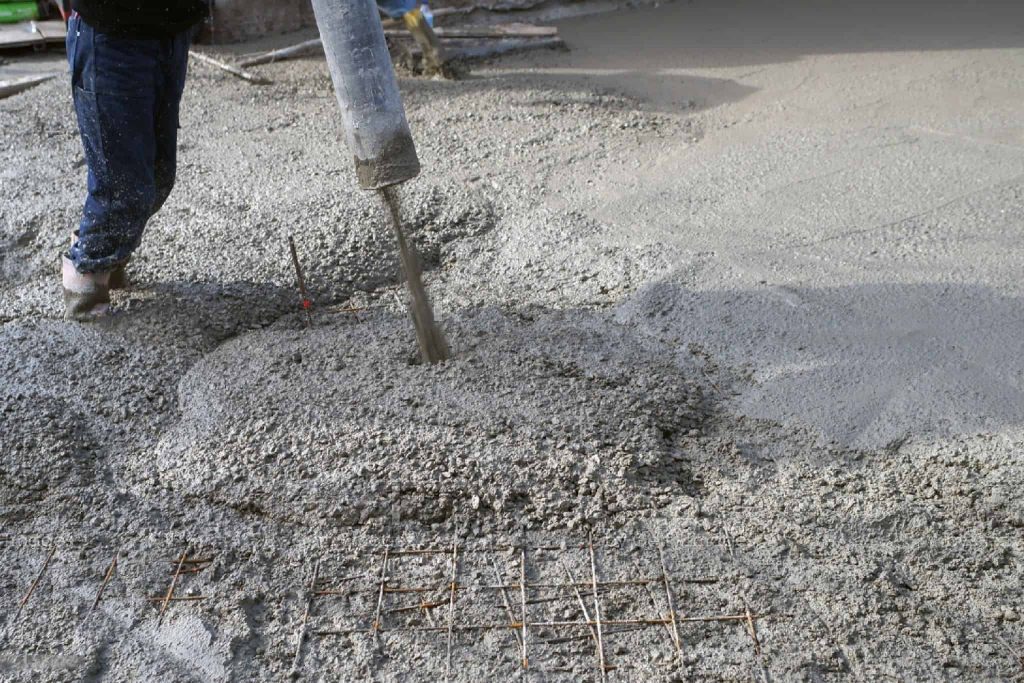
Concrete is the single most widely used construction material in the world. Concrete is an aggregate made up of many materials like stones and sand that are mixed with a binder like cement and water. The mixture is then left to dry and harden. It’s a flexible material that can be formed on the spot or poured into molds, hardened, and then transported.
Advantages of using concrete as a construction material
- Concrete structures require minimal maintenance when compared to other structures.
- Concrete is cost-effective and can be produced very easily.
- Concrete can be re-used in many cases, so it’s environmentally friendly.
9- Ferrocement

Ferrocement is a type of slim wall reinforced concrete panel where hydraulic cement is cast with closely spaced layers of continuous small diameter metal mesh. Ferrocement wall panels are used for walling and are particularly suitable where speedy construction is needed.
Advantages of using ferrocement as a construction material
- Ferrocements are energy efficient.
- Ferrocements are cost-effective.
- Ferrocements save time in construction.
Also Read: Latest Detailed Price list for Building Materials
10- Clay Bricks
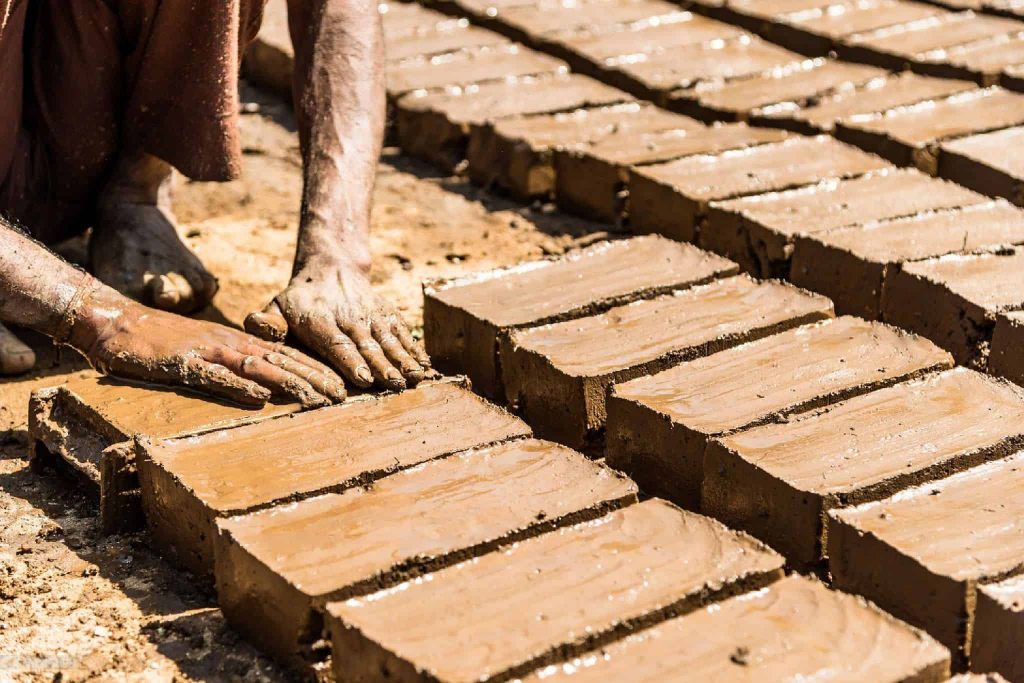
Clay bricks have been one of the oldest known building materials for their utility and high sustainability. What’s more important is that clay brick is the healthiest and greenest of all the alternative solutions available in the market. Sourcing of clay is the least devastating to the environment and it can even be recycled in the process making clay bricks the most environmentally friendly construction material.
Advantages of using clay bricks as a construction material
- Clay bricks have comparatively higher strength than concrete.
- Clay bricks don’t leave shape or color due to weather and other conditions.
- Clay bricks are environmentally friendly as compared to other alternatives.
Conclusion
There is lots more that can be covered on the topic of construction materials, but hopefully, this gives you a good understanding of each of the major building materials which are used by most of the contractors and builders during any construction project. If you have any questions on any of these materials, feel free to leave them in the comment section below.

People also search for: house construction materials list, house building materials list, list of materials used in building construction, different building materials, builder materials, common types of construction materials, list of house construction materials, construction building materials list, construction and building materials list, categories of building materials, types of construction materials, building material product list, natural building materials list










